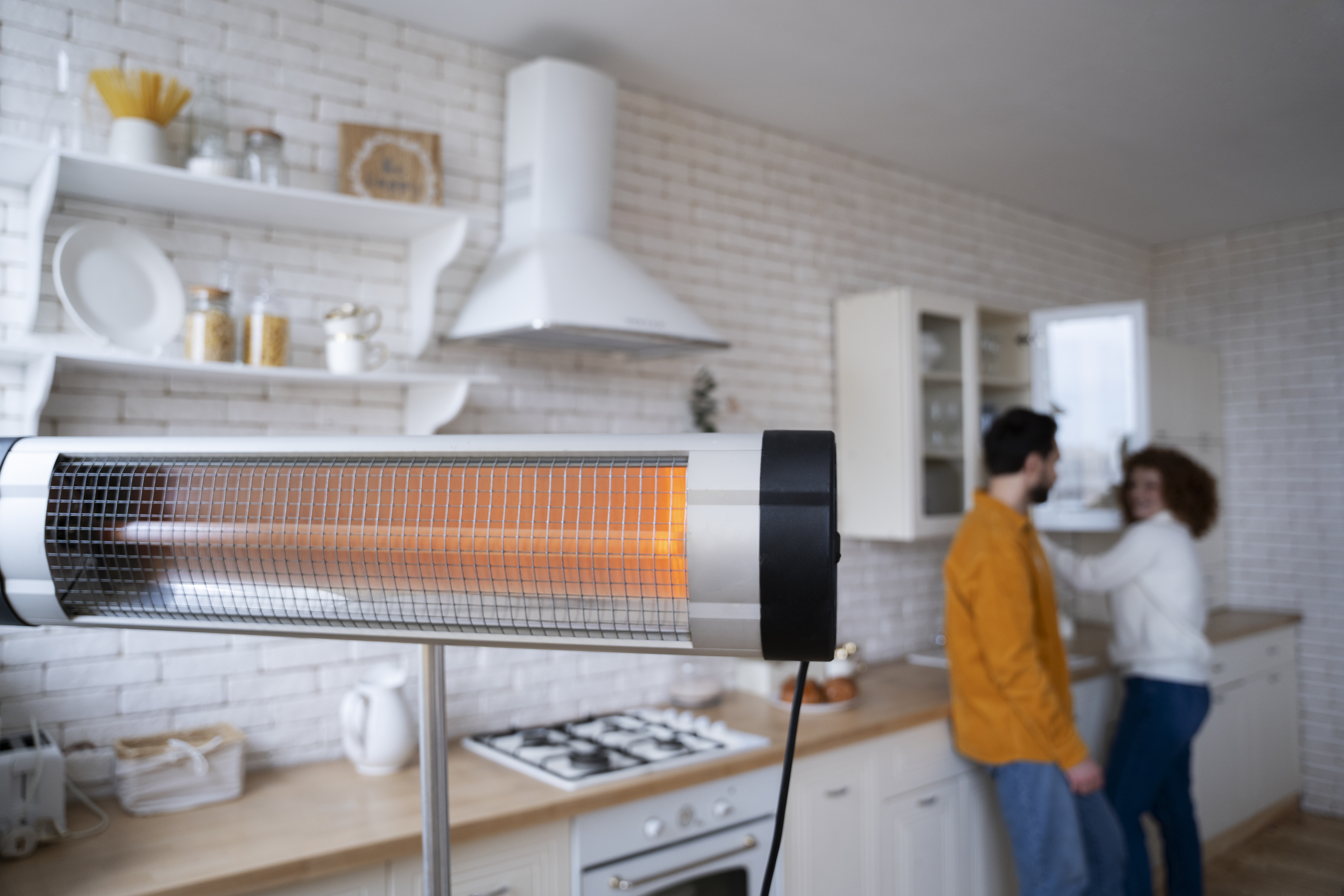
Efficient ventilation in a kitchen is crucial for maintaining a comfortable and safe working environment while effectively discharging heat and ensuring adequate cooling. Meticulous planning is required to design a ventilation system that meets the specific needs of the kitchen and optimizes energy usage. By utilizing surplus heat during winter, it is even possible to heat the building without incurring additional costs.
The synchronization of kitchen ventilation with other kitchen technologies is a key consideration. A suitable solution should be designed in accordance with a proper kitchen hood or advanced ventilation ceiling that ensures optimal performance. The kitchen hood plays a critical role in capturing and removing heat, smoke, steam, and odors generated during cooking. It is important to select a hood that matches the cooking equipment and volume of the kitchen, allowing for efficient extraction of air contaminants.
In addition to heat discharge, effective cooling is essential in a kitchen environment. High temperatures can make working conditions uncomfortable and affect the performance of kitchen staff. Adequate cooling measures, such as air conditioning or ventilation systems, should be implemented to maintain a suitable temperature range. This helps to enhance productivity, prevent heat-related health issues, and ensure the quality of food preparation.
Another important aspect of kitchen ventilation is preventing the growth of legionella bacteria. Legionella is a waterborne pathogen that can cause Legionnaires' disease, a severe form of pneumonia. Kitchen ventilation systems that incorporate water, such as those connected to dishwashers or steamers, can provide an environment conducive to the growth of legionella. Proper design and maintenance of ventilation systems, including regular cleaning and disinfection, are necessary to prevent the spread of legionella bacteria and ensure a safe working environment.
Given that kitchen air tends to contain higher levels of grease due to cooking activities, regular cleaning of filters is crucial. Grease buildup can impair the performance of ventilation systems, reduce airflow, and increase the risk of fire hazards. Regular maintenance and cleaning of filters help to maintain optimal ventilation performance, improve energy efficiency, and reduce the risk of grease-related issues.
Energy efficiency should also be a consideration in kitchen ventilation design. By incorporating energy-efficient technologies and strategies, such as variable speed drives, heat recovery systems, and smart controls, energy consumption can be minimized. Heat recovery systems can capture and utilize the excess heat generated by the kitchen to preheat water or provide space heating for other areas of the building. This improves energy efficiency, reduces the cooling load, and contributes to cost savings.
In conclusion, efficient ventilation in a kitchen requires meticulous planning to ensure effective heat discharge, cooling, and maintenance of a comfortable working environment. Synchronizing kitchen ventilation with other kitchen technologies, such as proper hoods or advanced ventilation ceilings, is crucial. Measures to prevent the growth of legionella bacteria should be implemented, and regular cleaning of filters is necessary to maintain optimal ventilation performance. Energy-efficient technologies and strategies should be incorporated to minimize energy consumption and maximize cost savings. By addressing these considerations, kitchens can achieve efficient and effective ventilation systems that enhance safety, comfort, and productivity.
Find Us
Inair India,
4th floor, Fortune Monarch Towers,
Road number 36, Jubilee hills,
Popular Searches
© 2023 – Inair
Privacy Policy© 2023 – Inair
Privacy Policy